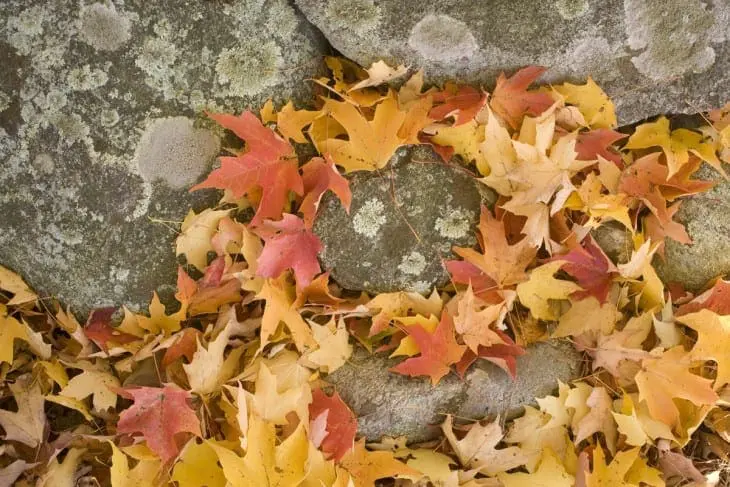Fall Tips

DPA Boston Instructor Steve Dunwell shares five of his favorite tips for photographing in the autumn time:
Tip #1 – Fall Foliage
To photograph fall foliage, simple close-ups highlight individual maple leaves, and make effective compositions. Soft diffused light is best for this type of image, and in this example, the pattern on the stone wall was created by the wind.

© Steve Dunwell
Tip #2 – Maple TreesSome maple trees, at peak foliage, are remarkable specimens of nature. Show the whole tree, if possible, to include the colorful top. A polarizing filter darkens the sky and saturates the color of the leaves.

© Steve Dunwell

© Steve Dunwell
Tip #3 – Lake ReflectionsTry photographing a clear blue sky with autumn colors on a lake with reflections – it looks great, but can sometimes make a dull photo. Add foreground foliage to create an interesting frame for the composition. You can also use a graduated filter to darken the sky and balance the water.

© Steve Dunwell

© Steve Dunwell

© Steve Dunwell
Tip #4 – Turning LeavesAs leaves turn and some of them fall, the branches are less opaque, allowing the photographer to “look through” many layers on trees. Using a telephoto lens increases this effect, and helps eliminate the graying sky.

© Steve Dunwell
Tip #5 – Moving WaterAutumn leaves lend the perfect accent to close-ups of moving water. Wet leaves are more colorful, and they stick to dark rocks; the whole scene becomes more luminous. Use a slow shutter speed (try 1/2 second) to blur the water.

© Steve Dunwell

© Steve Dunwell



